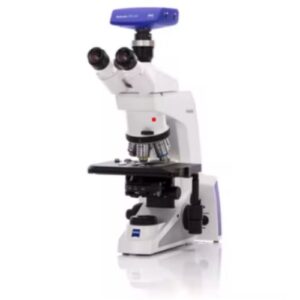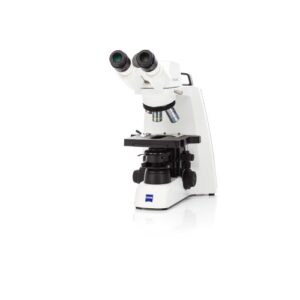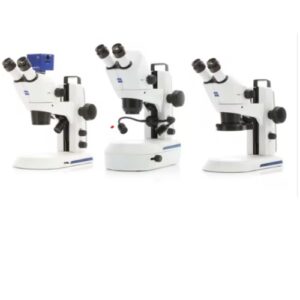Source: Unsplash
Metallography is the branch of science dealing with the study of the composition and structure of metals and alloys, its control through processing, and its influence on properties and behavior. While the field was originally limited by the modest resolution power of reflective microscopes, transmission and scanning electron microscopes (TEM and SEM) have ushered in a new era.
What is metallography used for?
Metallography is mainly used by manufacturers and product researchers. When working on a new product, researchers might want to investigate which materials are stable enough to use for a given application so they may balance cost with safety. This type of research relates directly to the quality assurance process too as researcher will use metallurgical microscopes to inspect products after stress testing. When you think of all the different applications of metal — from electronic to bridges, to cars — manufacturers need to be sure to pick the right one! Among the thousands of standardized alloys available for manufacturers, metallography helps answer key questions about which product is best to use.
How are specimens prepared?
Just like typical specimens in life science applications, a metal specimen must be prepared for imaging. The surface of a metallographic specimen is prepared by various methods of grinding, polishing, and etching. Mechanical preparation is the most common preparation method. Successively finer abrasive particles are used to remove material from the sample surface until the desired surface quality is achieved. Many different machines are available for doing this grinding and polishing, which are able to meet different demands for quality, capacity, and reproducibility.
After polishing, certain micro-structural constituents can be seen with the microscope, for example inclusions and nitrides. If the crystal structure is non-cubic, the microstructure can be revealed without etching, using crossed polarized light microscopy. Otherwise, the microstructural constituents of the specimen are revealed by using a suitable chemical or electrolytic etchant.
What make metallurgical microscopes special?
For starters, microscopes used in metallography are optical, which separates then from their illumination-based counterparts. Second, these microscopes are prepared for different types of magnification methods. These methods can include the following:
- Darkfield Illumination
- Brightfield Illumination
- Nomarski Prism
- Polarized Light
The applications of metallography are vast and exciting! From product developers to material scientists, you’ll find microscopes in places well beyond traditional settings. Stay in touch with Nuhsbaum for more information or reach out to our sales team with questions!




